Two astronauts who rode to space on Boeing’s Starliner mission remain stranded aboard the International Space Station (ISS).
The astronauts who went into space on June 5th remain stranded after engineers found multiple problems with their spacecraft. Teams on the ground are now rushing to find a solution with the window for returning to Earth narrowing.
Original Plan in Tatters
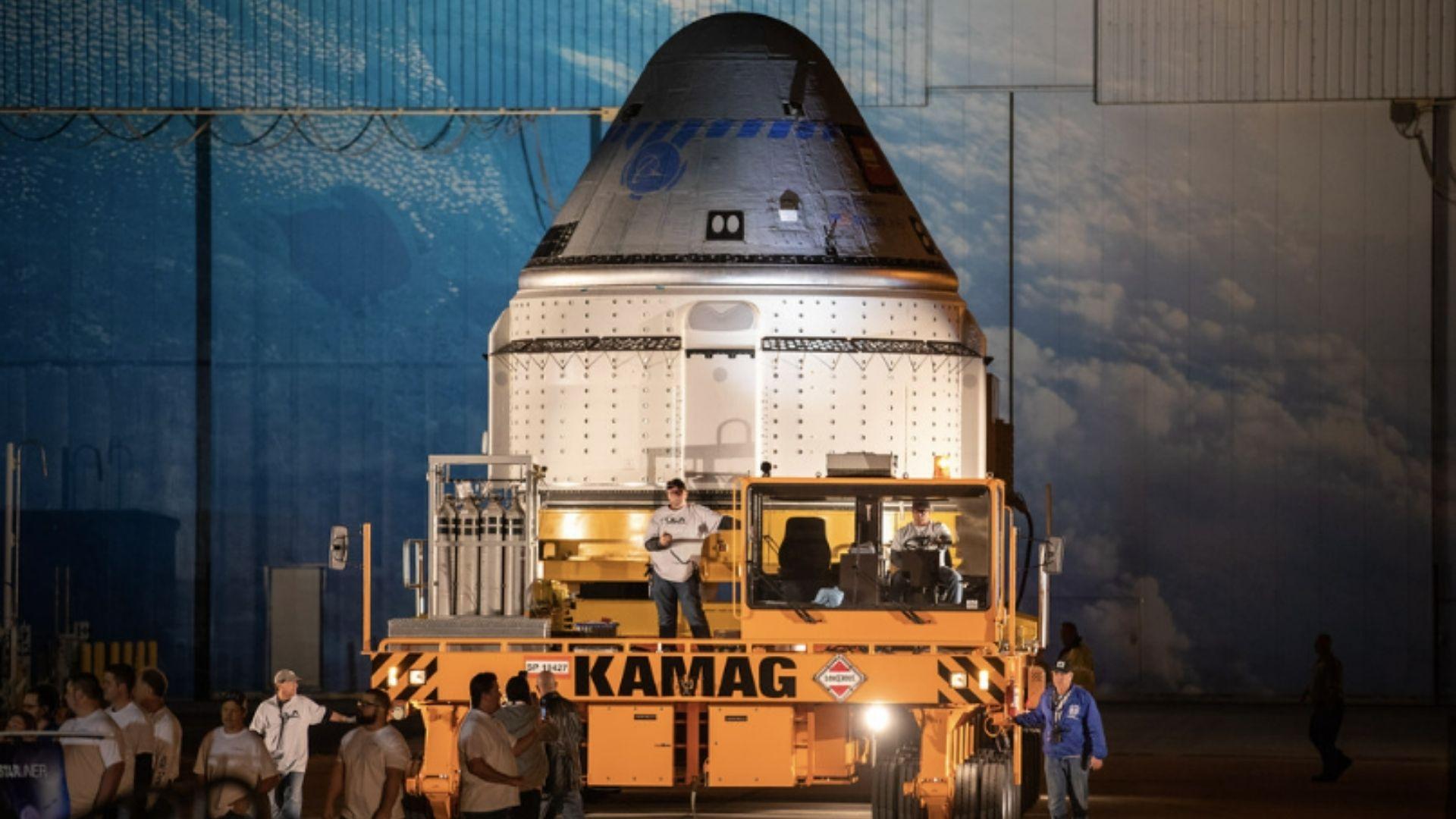
Astronauts Suni Williams and Butch Wilmore were meant to return to Earth on June 13 after spending a week on the ISS.
However, repeated issues with the spacecraft mean the two astronauts have faced repeated delays in their return; extending their mission far past its original time scale.
June 5th Blast Off Prompted Celebration
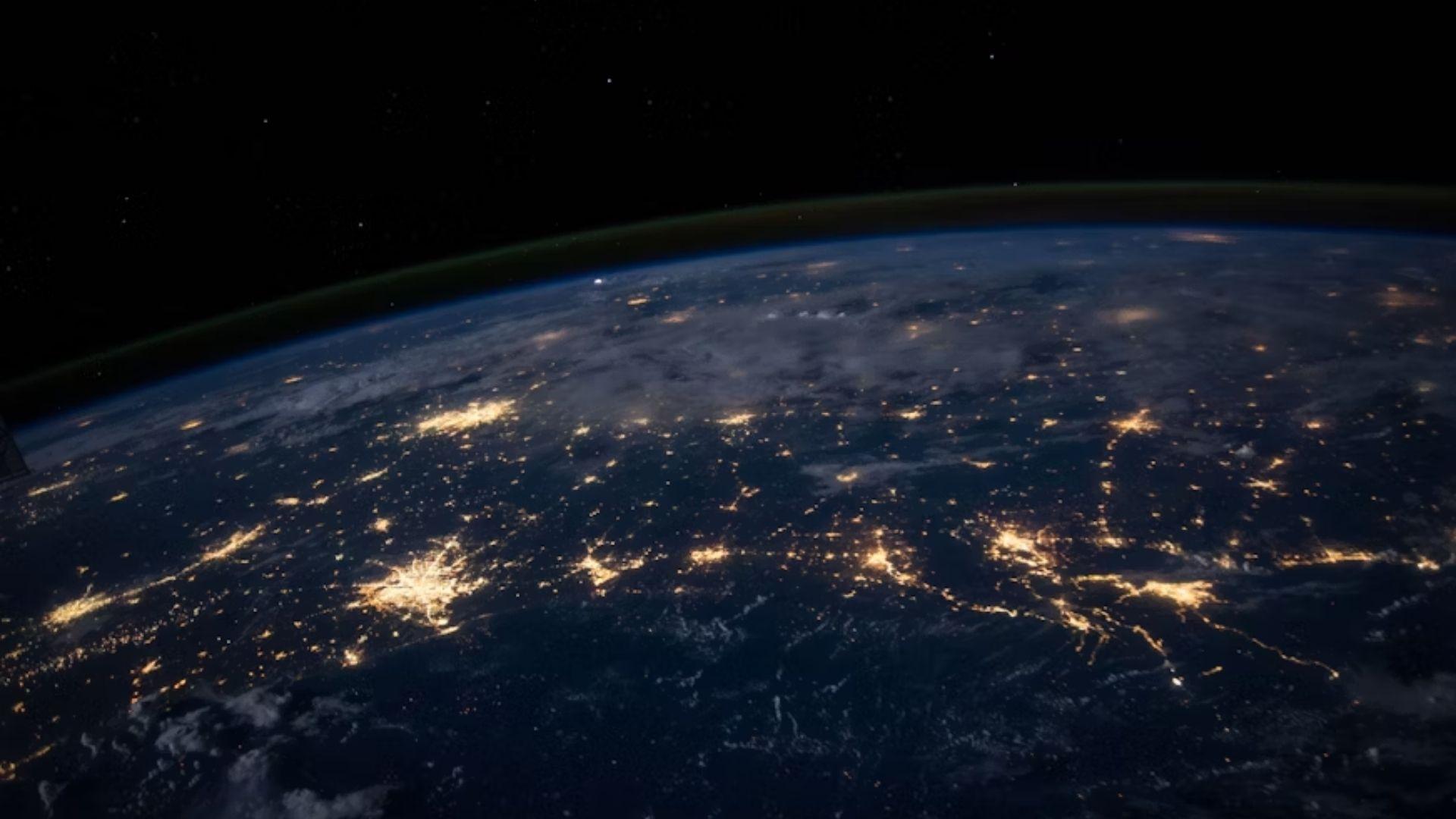
After years of delays, and several last-minute issues, Boeing’s first crewed Starliner mission took off on June 5th, with Wilmore and Williams docking with the ISS on June 6th.
Previous attempts to send a crewed Starliner mission into space were scrapped after computer glitches and problems with an oxygen valve.
Boeing Speaks Out

Amidst growing concerns about the fate of the two stranded astronauts, Boeing held a press conference on June 18th. Headed by Mark Nappi, Boeing’s Starliner program manager, the conference gave more detail about the problem’s facing the spacecraft.
“We’ve learned that our helium system is not performing as designed,” said Nappi. He added, “Albeit manageable, it’s still not working like we designed it. So we’ve got to go figure that out.”
Further Delays
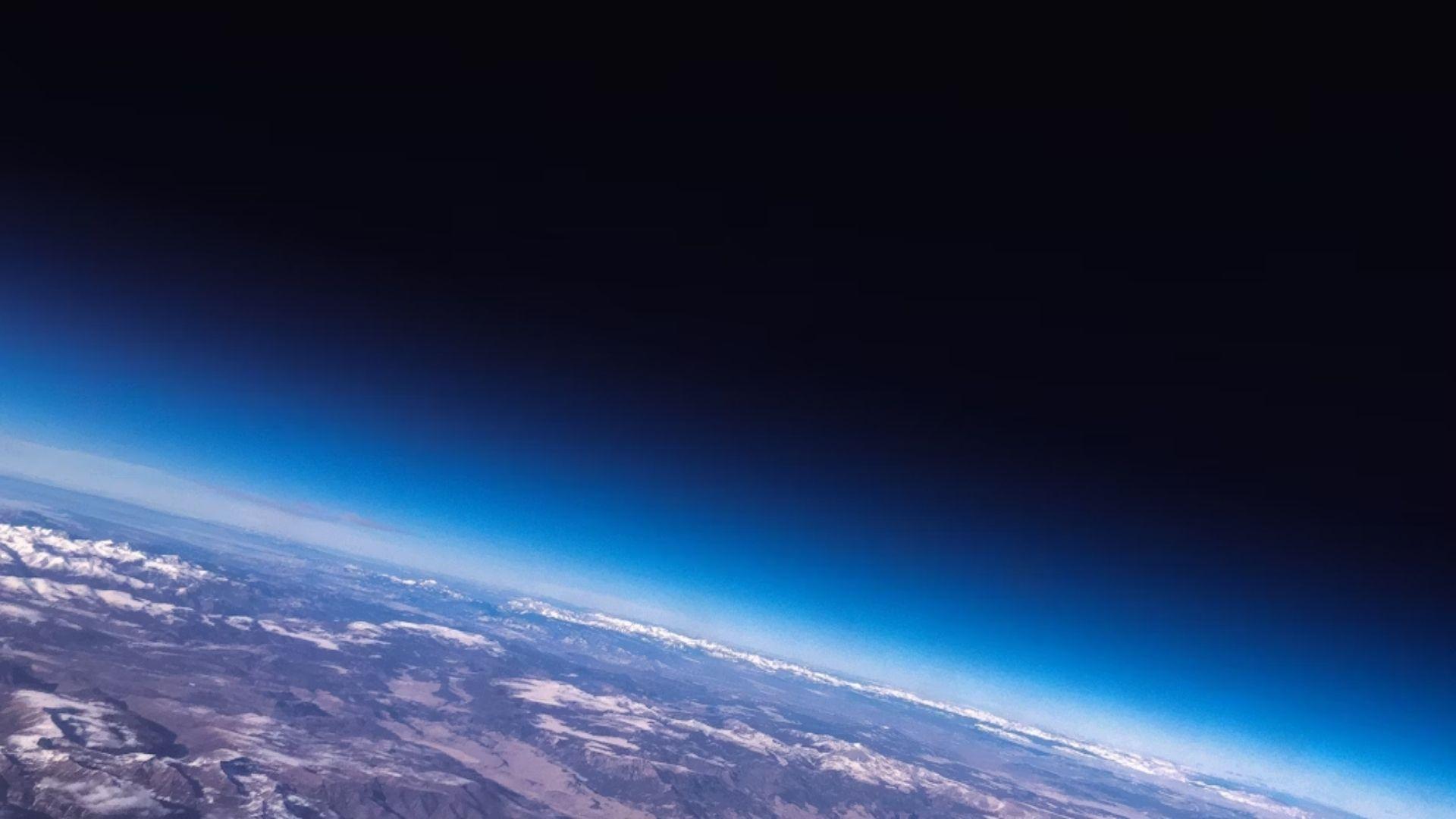
Wilmore and Williams will not return to Earth until at least three weeks after their initial departure, with NASA extending the return to allow more time for troubleshooting.
NASA will further review leaks and thruster issues, and will conduct re-entry tests before giving a new return date. However, they have said the astronauts are unlikely to remain in space beyond July.
The Full Extent of The Spacecraft’s Problems
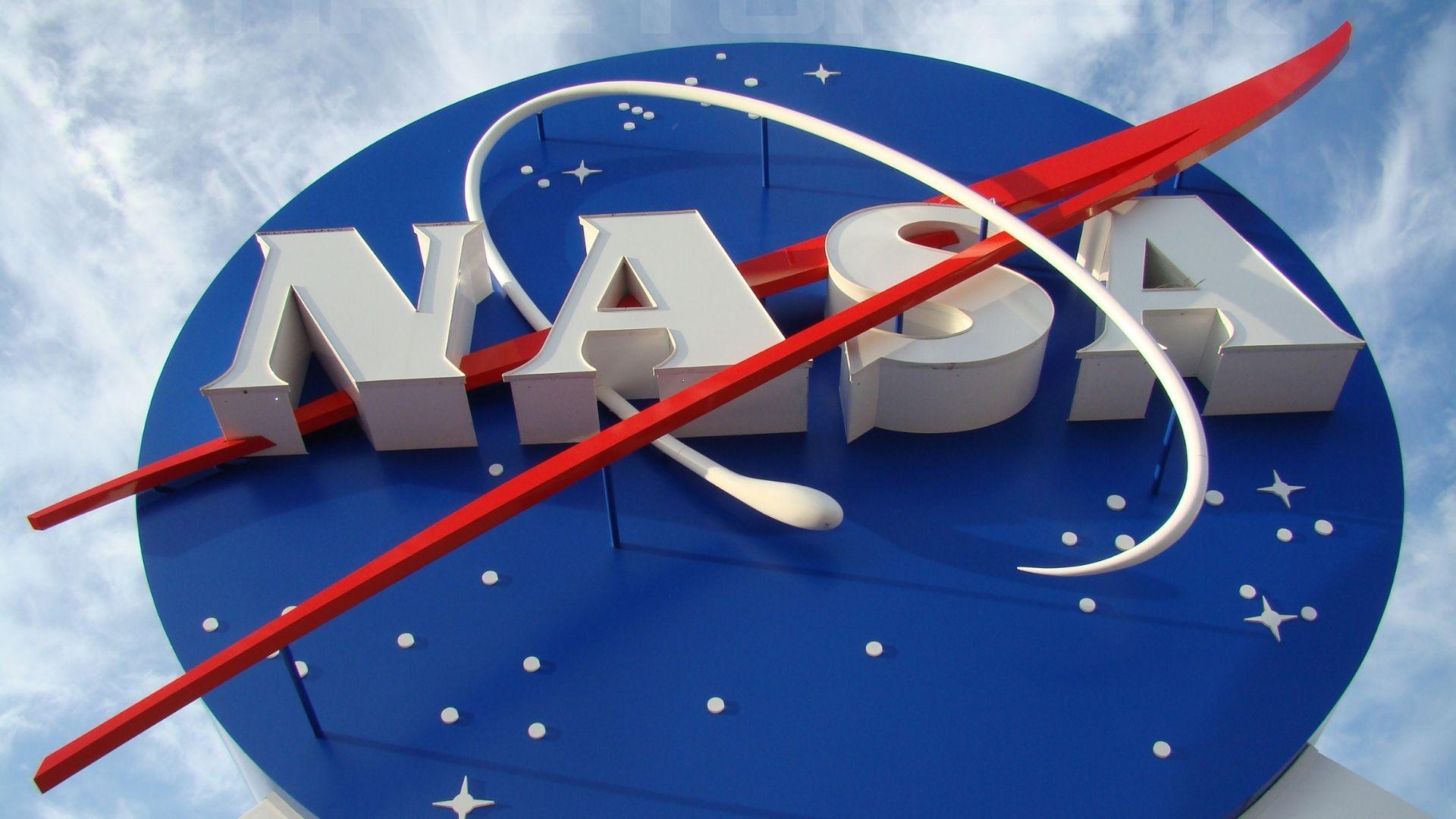
Currently, the return module of the Starliner spacecraft is docked in space as engineers at NASA and Boeing evaluate the full extent of the issues preventing a safe return to Earth.
According to Live Science’s Ben Turner, the primary issues preventing a safe return are “five helium leaks to the system that pressurizes the spacecraft’s propulsion system, and five thruster failures to its reaction-control system.”
Window For Return Narrows
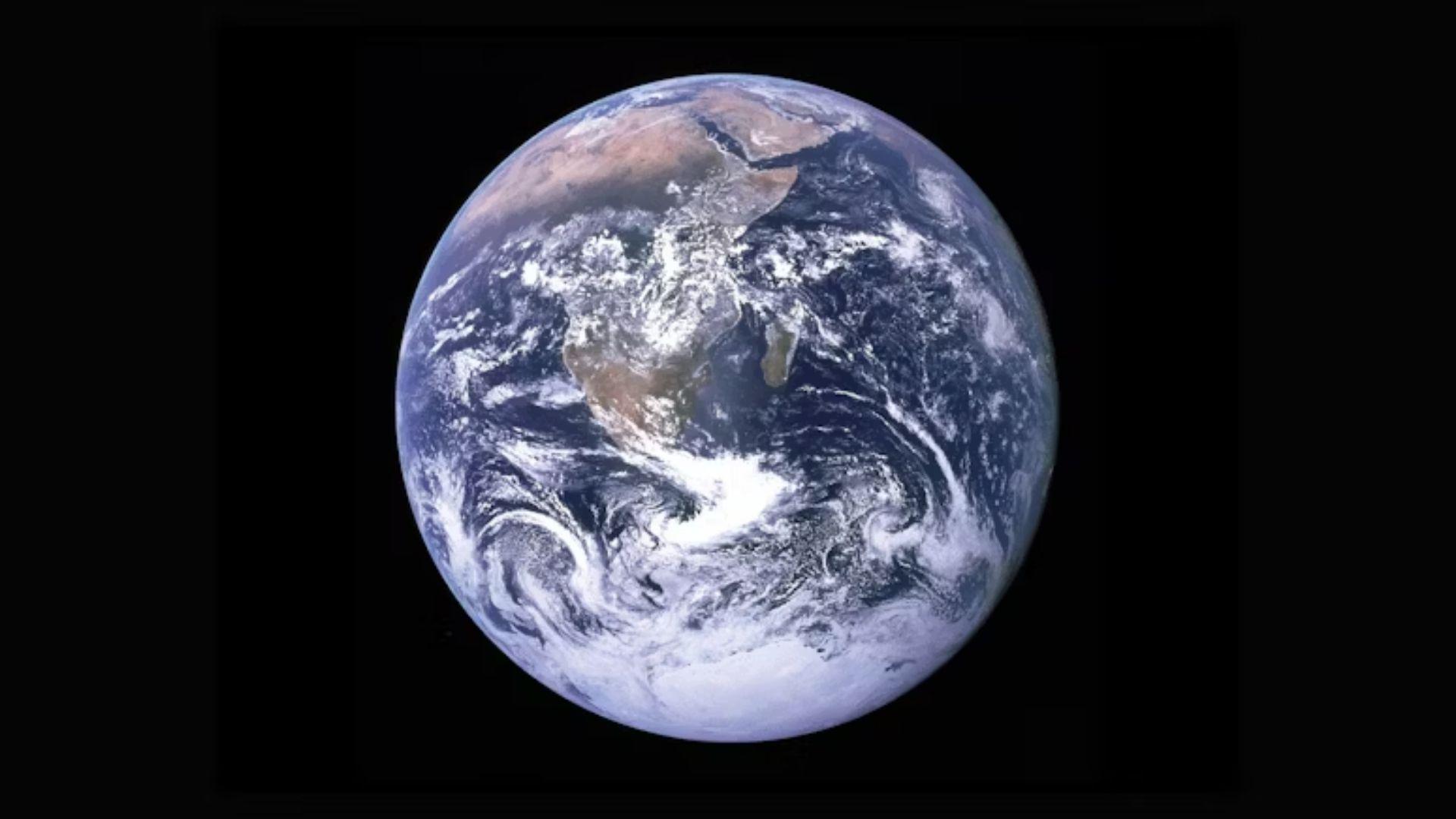
After initial thrusters and helium leaks in early June, it was believed that the most serious problems facing the spacecraft had been resolved. However, serious issues continue to plague the Starliner.
Most worryingly, limited fuel supplies mean the Starliner can only remain docked in space for 45 days, so the window for a safe return is beginning to close.
Meet The Crew
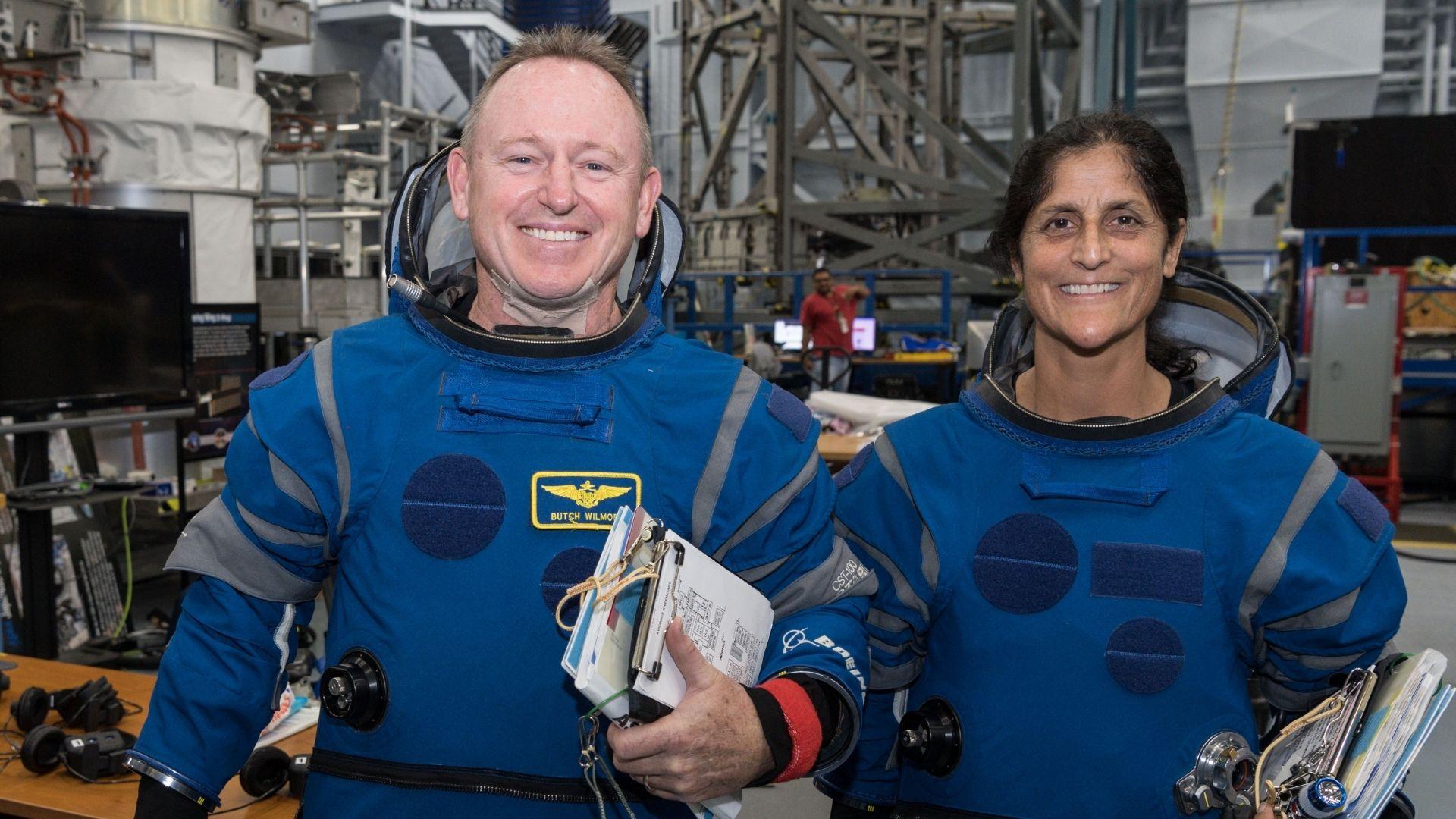
There are two members of the Starliner Crew, Sunita Williams and Barry E. Wilmore. Williams began training as an astronaut in 1998 and was launched into space in 2006 via NASA’s STS-116 mission. This latest Boeing mission made Williams the first woman to pilot a spacecraft on its maiden test flight.
Meanwhile, Wilmore previously piloted NASA’s 2009 STS-129 mission and returned to space once again in September 2014 as part of Expedition 41/42.
A Bad Year For Boeing
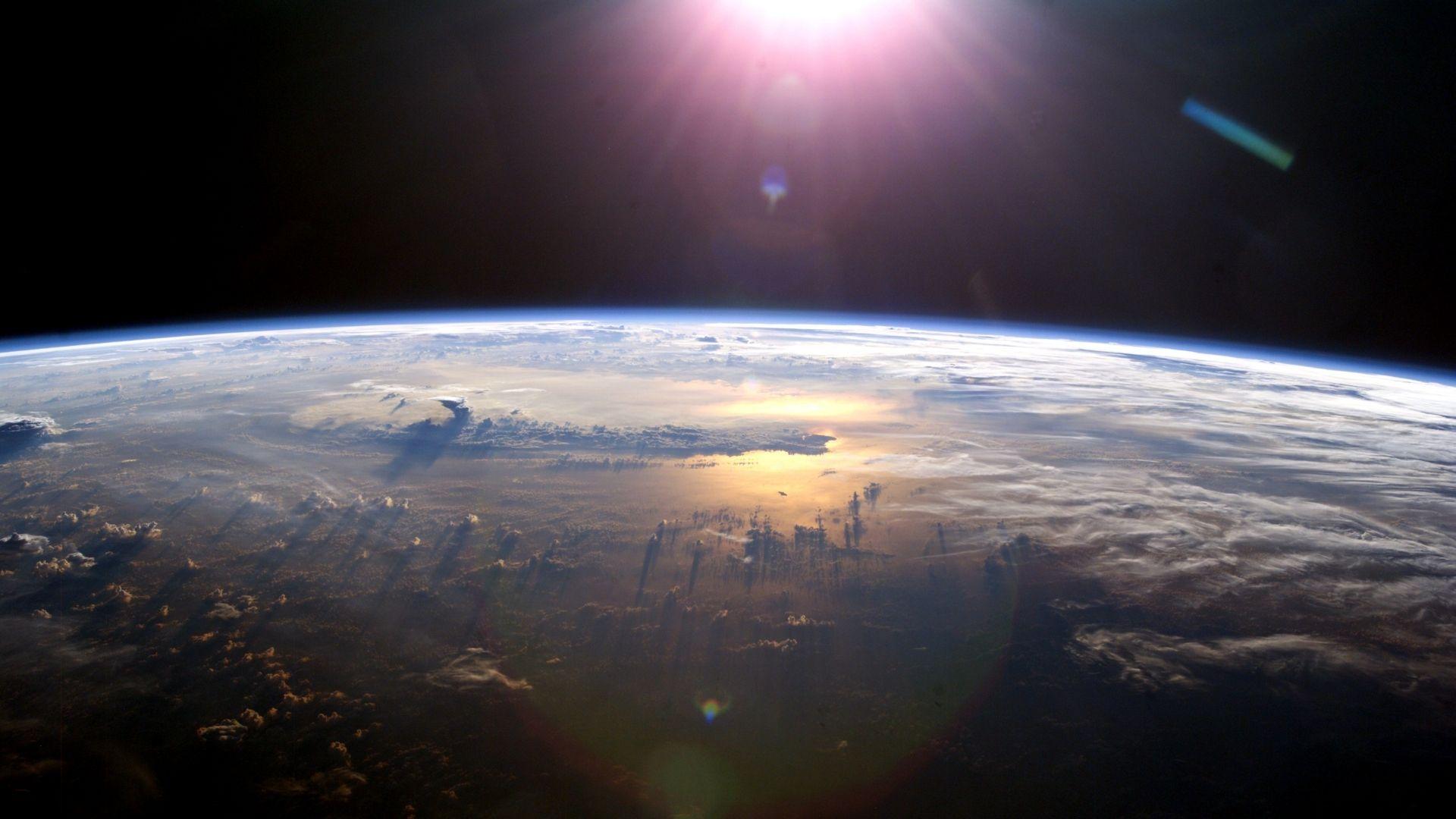
The latest problems facing the Starliner represent another headache for Boeing. In January, news went viral that a Boeing 737 Max 9 passenger jet lost a rear door plug in mid-flight.
Just days after the airplane incident, more loose parts were found on flights, and the FAA announced an audit on Boeing.
Space Race Continues
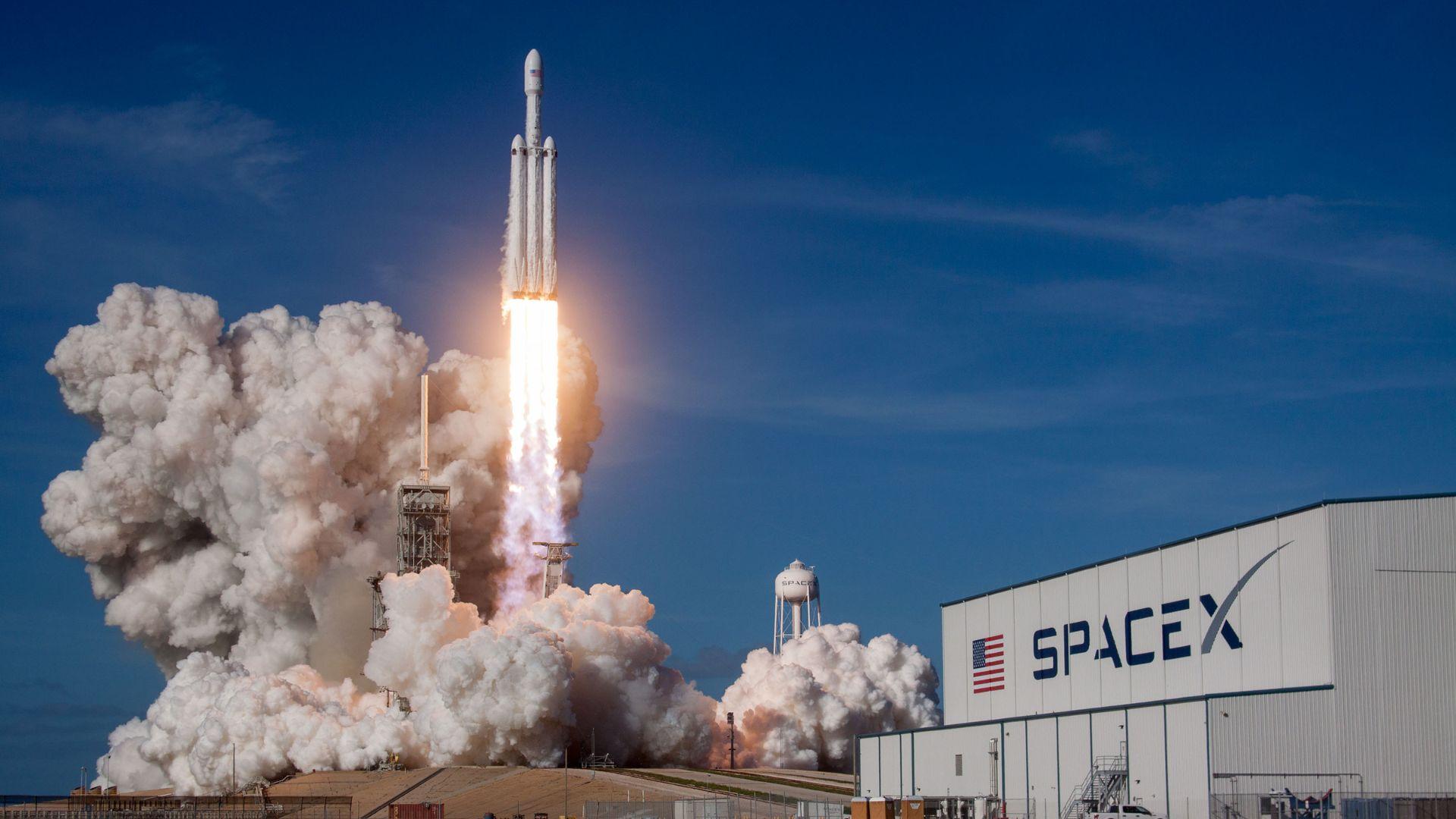
The Boeing launch earlier this month was seen as a major victory for Boeing in its competition against Elon Musk’s SpaceX.
At the start of June, Elon Musk’s SpaceX conducted the fourth test flight of its Starship rocket – which completed its test flight for the first time. Despite the rivalry Elon Musk congratulated Boeing on Twitter following the Starliner’s launch earlier this month.

